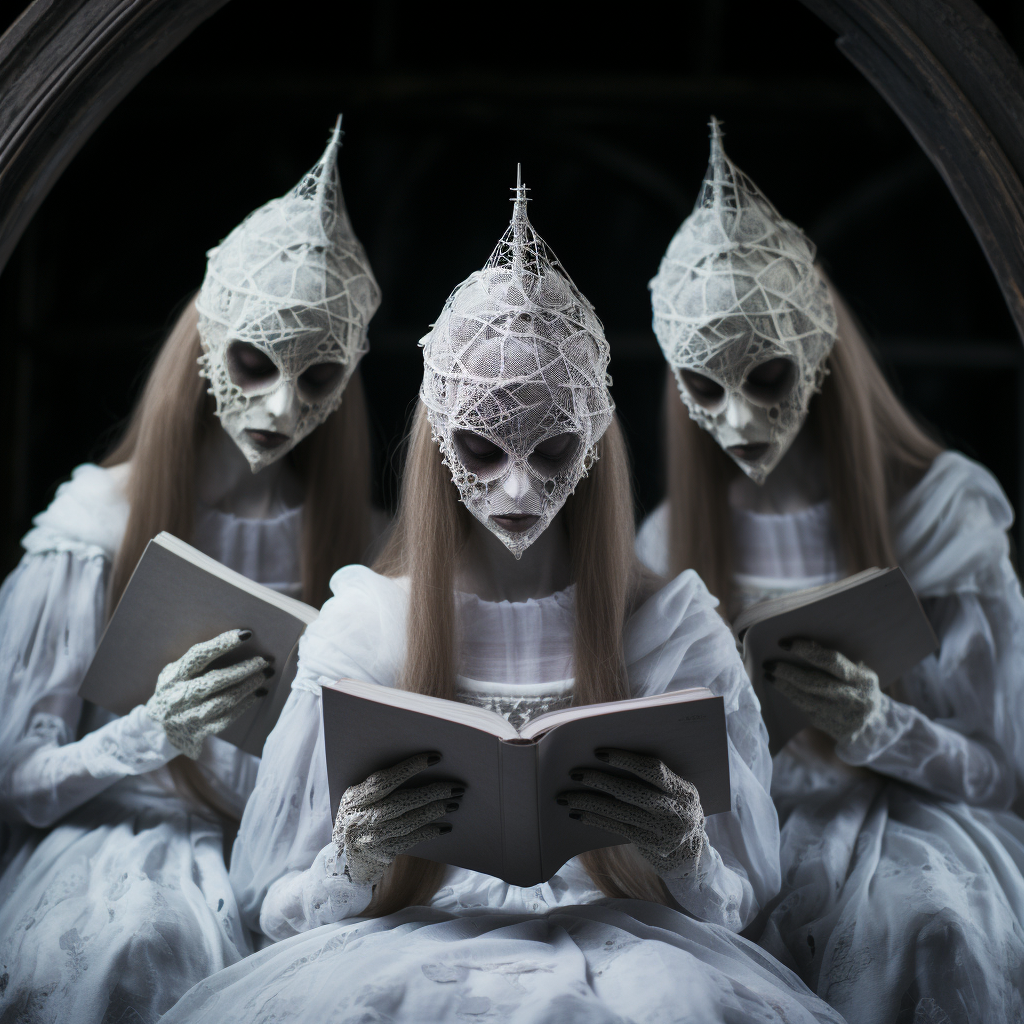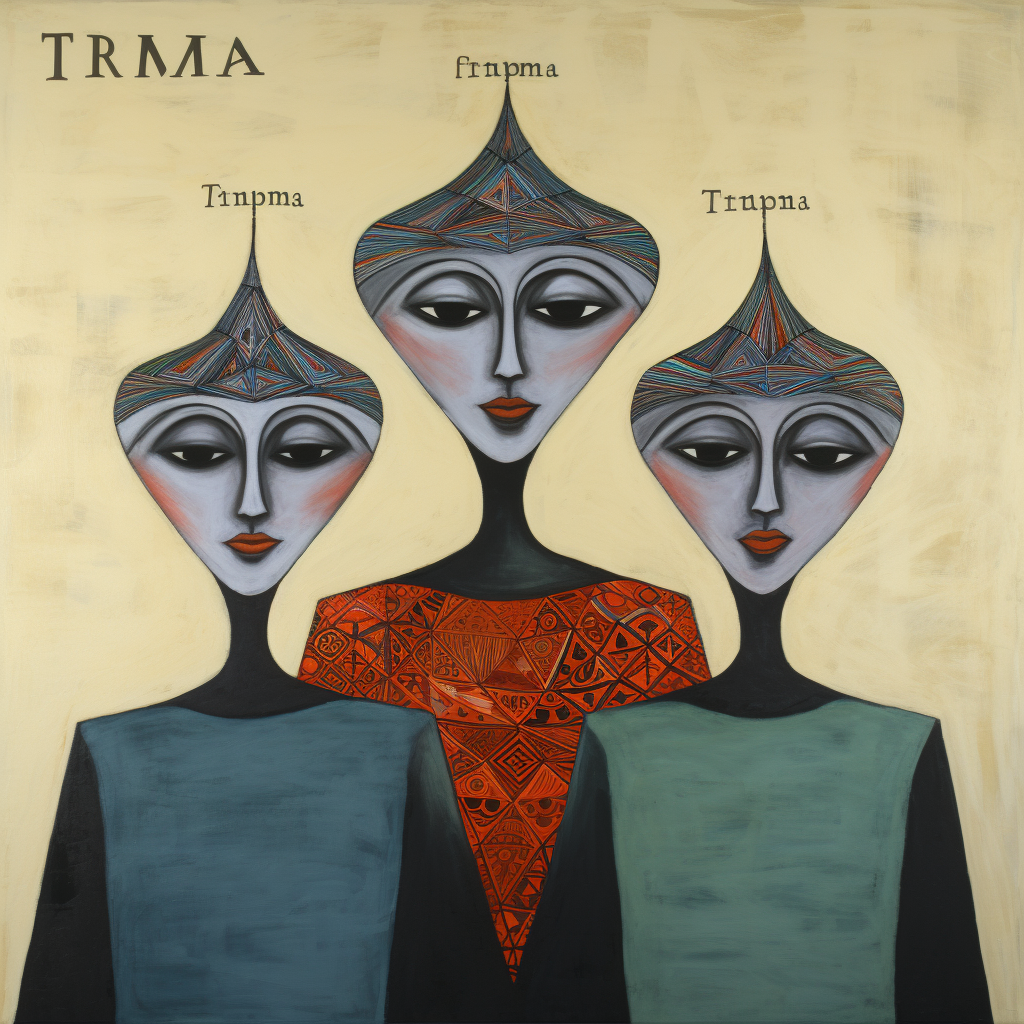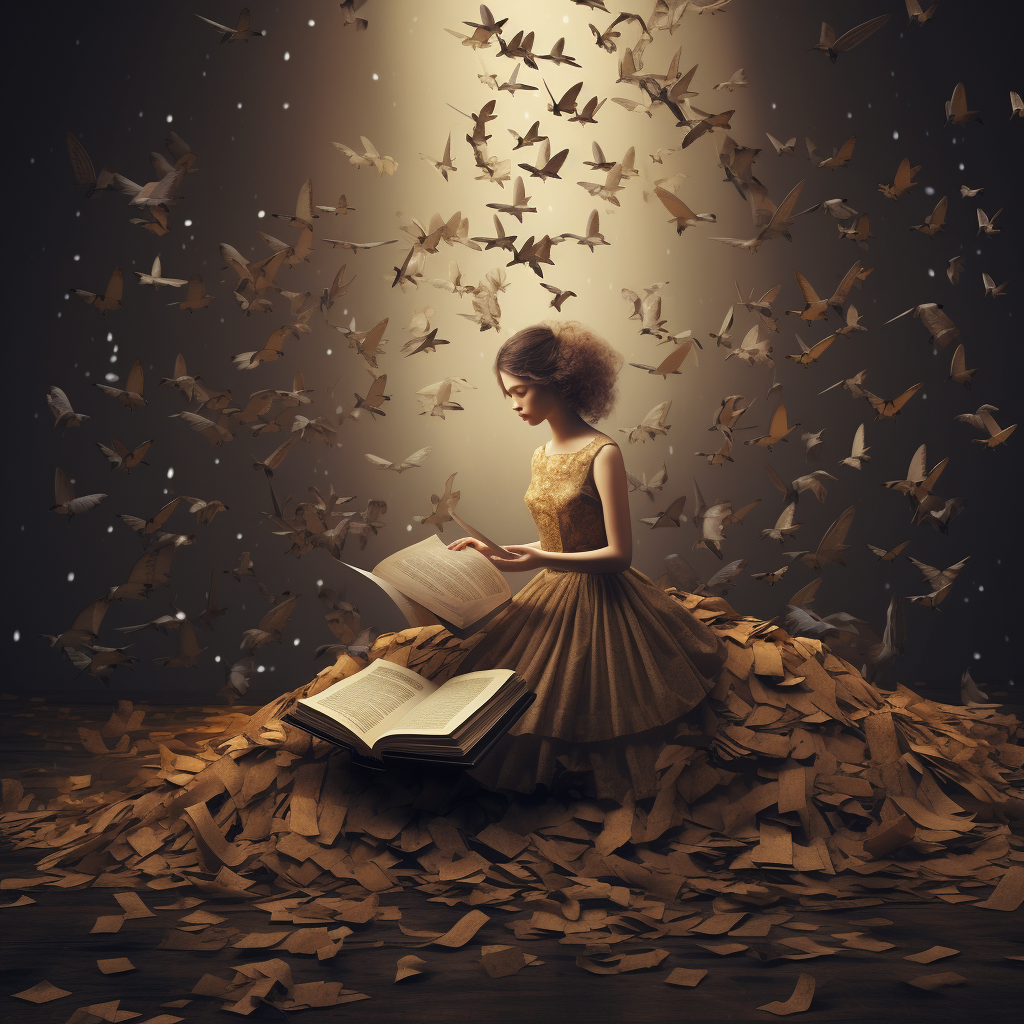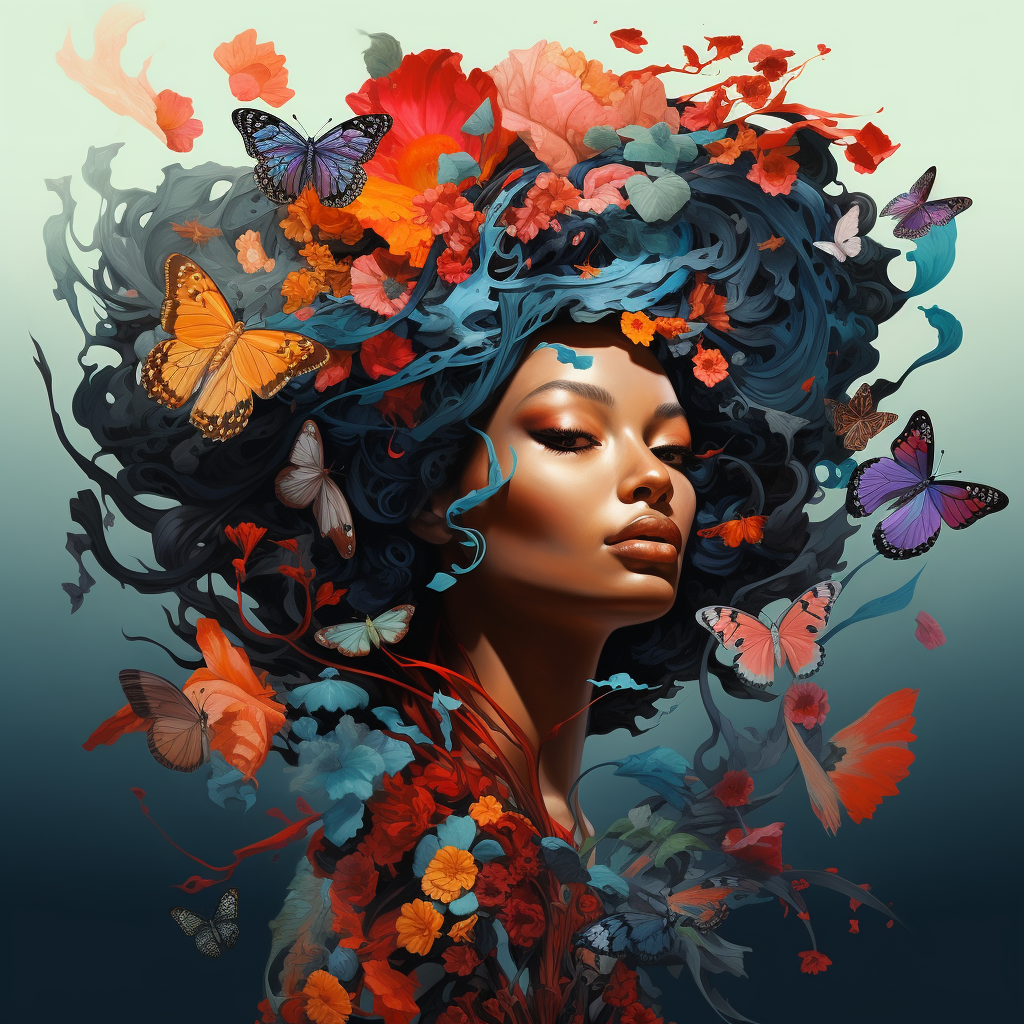
In the world of poetry, words are woven into tapestries of emotion and meaning. But what is 3 line poetry called? How do poets craft these tiny masterpieces that pack a punch?
Imagine a symphony where each note carries the weight of a thousand feelings, a painting where every stroke evokes a vivid image, or a chef’s dish bursting with flavors in every bite. This is the essence of three-line poetry – a genre that embraces brevity yet delivers profound impact.
Join us on a poetic voyage as we unravel the secrets of three-line poetry, diving into its various forms, uncovering the beauty of simplicity, and exploring how poets craft these exquisite verses. Whether you’re a seasoned wordsmith or a curious newcomer to the world of poetry, prepare to be enchanted by the artistry of brevity.
I. Terza Rima: The Art of Triplet Poetry

Picture this: A delicate origami bird, intricate yet concise, soaring above the vast expanse of imagination. Similarly, three-line poetry is like the origami of the literary world – compact, precise, and capable of unfolding profound beauty.
Terza Rima, often hailed as the art of triplet poetry, is a captivating and intricate poetic form with a rich history dating back to 13th-century Italy. Originating from the brilliant mind of Dante Alighieri, this form has left an indelible mark on the world of poetry.
In this section, we will delve into the definition, origins, structure, and notable examples of Terza Rima, exploring how its unique rhyme scheme weaves a captivating web of storytelling and emotion. Join us as we unravel the artistry behind this form and discover the beauty of triplet poetry.
A. Definition and origins
The term “Terza Rima” itself translates to “third rhyme” in Italian, which perfectly encapsulates the essence of this form. In Terza Rima, poems are composed of stanzas with three lines each, and the rhyme scheme creates an intricate interlocking pattern. The structure of Terza Rima, characterized by its fluidity and connection between stanzas, gives a sense of continuity and progression, akin to the unfolding of a story.
B. Structure and rhyme scheme
What distinguishes Terza Rima from other forms of poetry is its distinct rhyme scheme. The interlocking pattern can be visualized as follows: the first and third lines of each tercet rhyme with each other, while the second line of a tercet serves as the rhyme for the first and third lines of the next tercet. This continuous linkage of rhyme schemes throughout the poem creates a harmonious and rhythmic quality.
C. Famous examples in literature
Terza Rima has left an indelible mark on the world of literature, largely thanks to Dante Alighieri’s masterwork, “The Divine Comedy.” This epic poem, divided into three parts (Inferno, Purgatorio, and Paradiso), utilizes Terza Rima to narrate Dante’s journey through the realms of Hell, Purgatory, and Heaven.
II. What is 3 Line Poetry Called? Haiku The Zen of Three-Line Verses

Haiku, a poetic form originating from Japan, is a testament to the beauty that can be found in simplicity. In just three lines, this ancient art captures profound moments in nature and life, inviting readers to slow down, contemplate, and connect with the essence of the world around them.
A. History and Cultural Significance
Haiku is also a form of mindfulness. It invites both the poet and the reader to be fully present in the moment. By immersing ourselves in the details of a fleeting scene or emotion, haiku encourages us to appreciate life’s simplicity and profundity.
B. The 5-7-5 syllable structure
At its core, a haiku is more than just a poem; it’s a reflection of the Zen philosophy that simplicity and mindfulness lead to a deeper understanding of existence. Traditionally composed of 17 syllables, typically arranged in a 5-7-5 pattern, the brevity of haiku serves as a portal into the heart of an experience, emotion, or scene.
C. Capturing Nature’s Beauty
One of the hallmarks of haiku is its ability to paint vivid images of nature. Through carefully chosen words and precise imagery, haiku poets distill the essence of the natural world into their verses. Seasons, landscapes, and the changing of time find their place in these three-line canvases.
III. Tercet Poetry: Versatility in Threes

In the realm of poetry, versatility is a prized quality. Tercet poetry, with its compact yet expressive structure, exemplifies this versatility, allowing poets to craft verses that range from the whimsical to the deeply profound.
The Anatomy of Tercet Poetry
At its core, a tercet is a stanza comprising three lines. These lines may rhyme or not, offering poets a dynamic canvas to work with. The beauty of tercet poetry lies in its simplicity, as well as the challenge it presents to poets to convey meaning and emotion within the confines of three lines.
The Haunting Terza Rima
One of the most famous forms of tercet poetry is the terza rima, made famous by Dante Alighieri in his epic work, “The Divine Comedy.” In terza rima, the rhyme scheme follows an intricate pattern, interweaving the end words of one tercet with the beginning and end words of the next. This form creates a musical and cascading effect, enhancing the poem’s rhythm and flow.
Triplet Verses: From Lighthearted to Profound
Tercet poetry doesn’t limit itself to any particular theme or emotion. Poets use it to explore a wide range of subjects, from love and nature to social commentary and existential questions. This versatility makes tercets a favorite tool in the poet’s toolbox.
The Challenge of Conciseness
Crafting a compelling tercet is no small feat. With only three lines to convey a message or emotion, poets must choose their words wisely. This economy of language often leads to poems that are concise, impactful, and open to interpretation.
IV. The Magic of Short Form Poetry

While longer poems often receive the spotlight, short form poetry is like a collection of dazzling, tiny jewels in the world of verse. These brief, condensed works possess a unique charm and power that captivate readers with their brevity and precision.
The Haiku: A Glimpse of Eternity
Haiku, a form of short poetry that originated in Japan, is renowned for its ability to distill the essence of a moment into just three lines. With a syllable structure of 5-7-5, haikus invite readers to pause, reflect, and immerse themselves in the beauty of simplicity.
Senryu: Wit and Human Nature
Often confused with haiku, senryu is a close cousin that adds a touch of humor and wit to short form poetry. It focuses on the quirks of human nature, our foibles, and the comedy found in everyday life. These succinct verses reveal profound truths about our shared human experience.
The Ethereal Tanka
Tanka is another Japanese form that expands on the haiku, with a syllable pattern of 5-7-5-7-7. Tanka allows poets to delve deeper into their emotions and observations, creating a more extended and nuanced narrative within the concise structure.
Micropoetry: Poetry in Miniature
In today’s fast-paced world, micropoetry has emerged as a popular form of short poetry, often shared on social media. These bite-sized verses, typically no longer than a tweet, convey powerful messages and emotions in a few lines. They are a testament to the enduring appeal of short form poetry in the digital age.
The Impact of Conciseness
Short form poetry’s brevity is its strength. It challenges poets to distill their thoughts and feelings into a limited space, resulting in poems that are concentrated and impactful. The reader, in turn, receives an immediate emotional connection with the poet’s words.
Embracing the Beauty of Versatility

As we conclude our exploration of the diverse world of poetry, we’ve traveled through lush landscapes of lyrical verses, crossed rhythmic rivers of sonnets, ventured into the concise realms of short form poetry, and marveled at the intricate designs of structured stanzas. Each poetic form we’ve encountered carries its unique charm and purpose, contributing to the rich tapestry of human expression.
In poetry, we find the capacity to encapsulate the profound in the simplest words, to transcend time and culture, and to foster connections that bridge the boundaries of language. Whether it’s the timeless elegance of a Shakespearean sonnet or the brevity and precision of a haiku, poetry remains a vibrant and vital art form, reflecting the ever-evolving human experience.
So, whether you’re a seasoned poet, an aspiring writer, or simply someone who enjoys the cadence of a well-crafted verse, let poetry be your guide through the labyrinth of thoughts and emotions. Let it be your solace in times of solitude and your celebration in moments of joy. For in poetry, we discover not only the power of words but also the boundless depths of the human heart.
As we bid adieu to this poetic journey, remember that you, too, have the power to craft your verses, to paint your emotions, and to dance with words. Poetry welcomes all, inviting us to explore the landscapes of our souls and share our unique stories with the world.
Thank you for joining us on this odyssey through the world of poetry, where every line is a brushstroke on the canvas of existence, and every word is a note in the symphony of life. May your poetic journey be ever enriching and filled with the magic of verses.
Learn More About Earning Income from Your Poetry
- Publish Poetry Online and Get Paid
- Do you get paid for publishing poetry?
- How can I get my poetry noticed?
- How much should I sell my poetry for?
- How much does it cost to publish poetry?
- Can anybody be a poet?
- What are the 11 rules in writing a poem?
- What is the number one rule of poetry?
- How many lines must a poem have?
- What is a single line of poetry called?
- What is a poem with one line called?
- What is the middle of a poem called?
- Why don’t poets follow grammar rules?
- What is 3 line poetry called?
- What should a poem look like?
- How to write good poems?
Frequently Asked Questions (FAQs)
1. What is the key difference between Haikus and tercet poetry?
Explore the distinctions between these two three-line forms, from their origins to their structures.
2. Can anyone write Haikus or tercet poetry, or is it reserved for experienced poets?
Demystify the notion that these concise forms are only for seasoned wordsmiths and discover how beginners can dive into three-line poetry.
3. Are there specific themes that work best for three-line poems?
Learn how the brevity of three-line poems can be applied to various themes and topics, from nature’s beauty to deep emotions.
4. Can you share famous modern poets who have excelled in three-line poetry?
Delve into the works of contemporary poets who continue to push the boundaries of three-line poetry and gain inspiration from their artistry.
5. Where can I find communities to share and appreciate three-line poems?
Connect with like-minded poets and enthusiasts